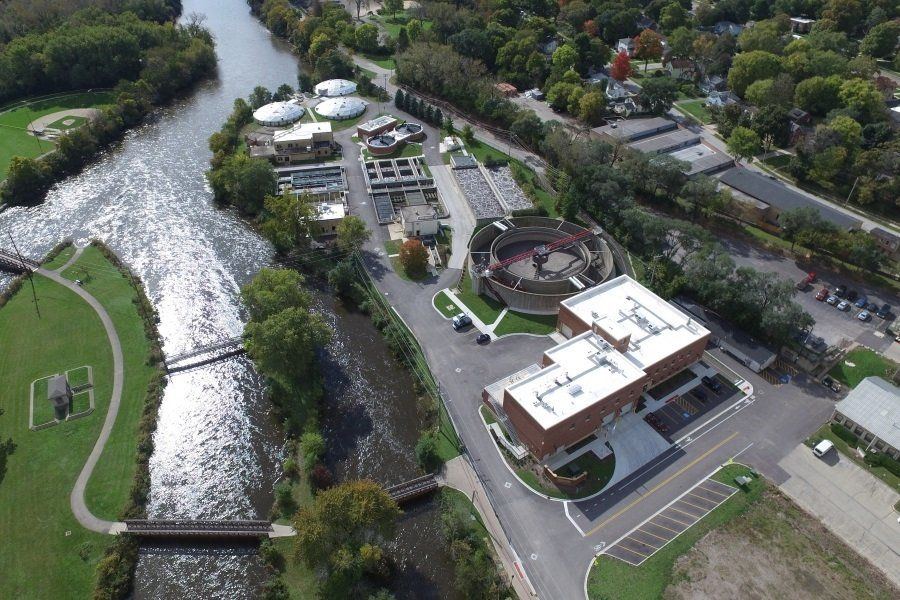Corporate Office
40W201 Wasco Road, Suite D
St. Charles, IL 60175
Phone: 630.587.0470
Fax: 630.587.0475
City of Batavia - Wastewater Treatment Facility - Phase I Rehabilitation
The City of Batavia is located along the Fox River in southern Kane County, approximately 35 miles west of downtown Chicago. The City’s Wastewater Treatment Facility (WWTF) is located on Shumway Avenue on the western shore of the Fox River. The treatment facility has a design average treatment capacity of 4.2 million gallons per day (MGD). The facility provides preliminary, primary, and secondary treatment for flows received from the tributary communities to meet strict effluent water quality requirements before discharging to the Fox River.
The Batavia WWTF was required to comply with a 1 mg/L phosphorus limit. It was likely that the treatment facility will need to achieve lower phosphorus effluent limits prior to 2030. In addition, the Batavia WWTF will require additional capacity in the near future and must be expanded to 4.9 MGD. This expansion triggers the anti-degradation portion of the 2004 IEPA nutrient removal criteria. Therefore, the expanded treatment facility must be able to perform nutrient removal for both nitrogen and phosphorus. This was analyzed with the 2014 Facility Plan and Phosphorus Removal Feasibility Study, which recommended a three-phased approach to meeting the needs of the WWTF.
Phase I included rehabilitation of the excess flow disinfection system. The existing chlorine feed system was installed in 1989 within the Chlorine Building and was an operational challenge. The system was replaced with a liquid sodium hypochlorite delivery system, including chemical storage tanks and a duplex skid-mounted diaphragm pump feed system within the existing Chlorine Room. The finished floor of this building is below the floodplain of the Fox River, and this is particularly sensitive as the building contains the emergency back-up generator for the WWTF. Therefore, all entrances to the building were retrofitted with stop logs that may be installed during flood events.
Chemical phosphorus removal was also implemented in the Phase I project. The chemical storage and feed systems were installed as a separate structure, including rammed-aggregate piers, retainage walls, base slab, two chemical storage tanks, and a climate-controlled enclosure for the pumping equipment. The chemical is fed within the effluent box of the Nitrification Basins to optimize mixing and capture of the phosphorus prior to settling in the final clarifiers.
The Phase I Rehabilitation included the replacement of the Intermediate Pump Station. The design of the new pump station accounted for the tankage and hydraulics required by the existing biological process as well as the future hydraulic conditions from the Phase II Expansion. The Intermediate Pump Station was incorporated into the design of the new Digester Operations Building and contains four 100 HP submersible pumps in a dual wet well design.
The City stabilizes biosolids with two 40-foot diameter anaerobic digesters. The Phase I Rehabilitation included replacement of both digester covers, the digester mixing systems, and the digester heating systems. The floating digester covers were replaced with spiral-guided, gas-holding covers to provide the City with nearly 12,000 cubic feet of digester gas storage.
The new Main Building was constructed on land occupied by the existing Administration Building. That building housed the laboratory, administration offices, maintenance garage, and locker rooms. The new structure has 22,000 square feet of working space including a mezzanine within the new Maintenance Garage. The new building also contains administrative offices, laboratory, locker rooms, SCADA stations and the new main electrical service for the WWTF. This building also contains sludge dewatering operations, including digested sludge storage, centrifuge feed pumps, polymer feed systems, centrifugal dewatering equipment, dewatered sludge conveyors, and protected water systems. Due to the proximity of this building to downtown and nearby residences and businesses, the City also made a significant investment in odor control for the digested sludge storage and sludge dewatering areas.
CORPORATE OFFICE
© Trotter & Associates, Inc.
CORPORATE OFFICE
© Trotter & Associates, Inc.

